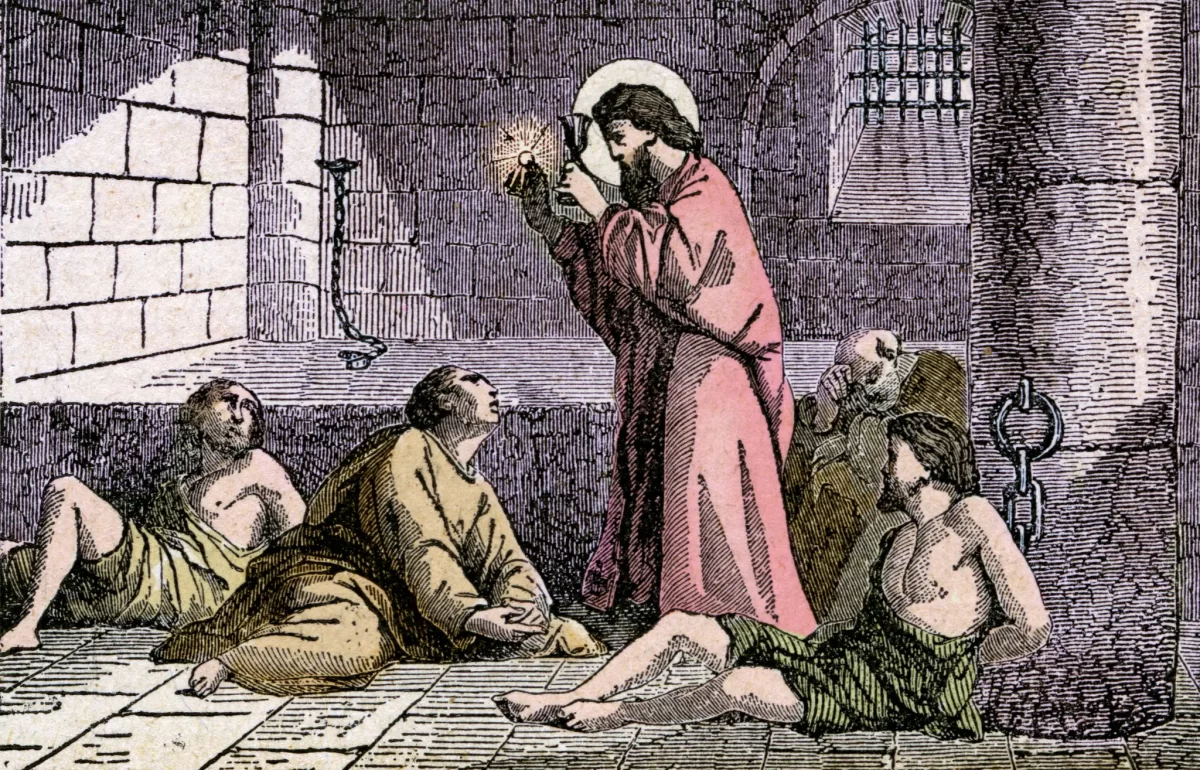The origins of Valentine’s Day and its creator is shrouded in mystery and different stories. However, it is true that the holiday contains fragments of both Christian and ancient Roman tradition.
The Catholic Church recognizes at least three saints named Valentine, all of whom were martyred. One legend contends that Valentine was a priest who served during the third century in Rome. When Emperor Claudius II decided that single men made better soldiers than husbands, he outlawed marriage for young men. When Valentine defied the emperor by continuing to perform marriages for young lovers in secret, he was put to death. Other stories suggest that Valentine may have been killed for attempting to help Christians escape harsh Roman prisons. According to another legend, an imprisoned Valentine sent the first “valentine” greeting himself after he fell in love with a young girl who visited him during his confinement. Although the truth behind the Valentine legends is gray, the stories all emphasize his appeal as a sympathetic, heroic, and romantic figure.
While some believe that Valentine’s Day is celebrated in the middle of February to commemorate the anniversary of Valentine’s death or burial, others claim that the Christian church may have originally decided to place St. Valentine’s feast day in the middle of February in an effort to “Christianize” the pagan celebration of Lupercalia. This festival on February 15th, which was dedicated to Faunus, the Roman god of agriculture, and the Roman founders Romulus and Remus, celebrated fertility. The festival later became outlawed, and Pope Gelasius declared February 14th St. Valentine’s Day. It was not until much later, however, that the day became associated with love.
During the Middle Ages, it was widely believed in France and England that February 14th was the beginning of birds’ mating season. This added to the idea that the middle of February, Valentine’s Day, should be a day for romance. The English poet Geoffrey Chaucer was the first to record St. Valentine’s Day as a day of romantic celebration in his 1375 poem “Parliament of Foules.”
Although its early beginnings are a bit brutal, Valentine’s Day allows us to celebrate both current love and the love of those before us. And even though the holiday has in time gained its lighthearted present-day meaning, its past shows just how enduring love really is.

